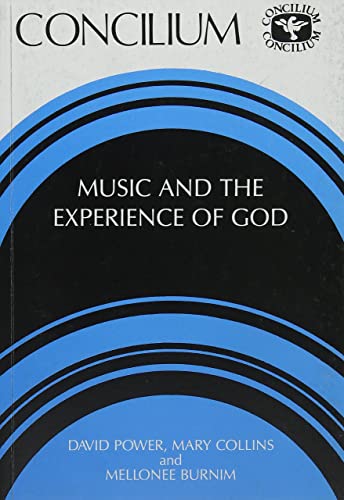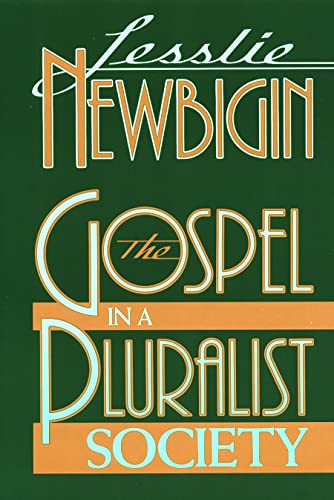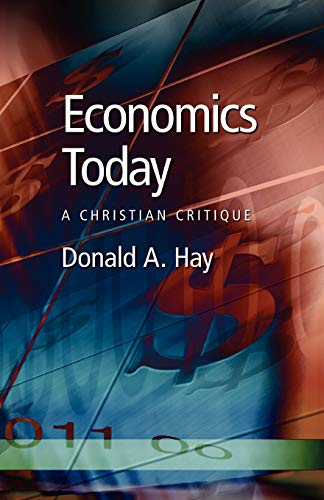Hear Then the Parable: A Commentary on the Parables of Jesus
Written by Bernard B. Scott Reviewed By Craig L. BlombergIn the mid- to late seventies, the Society of Biblical Literature’s Parables Seminar became well known for its innovative appropriation of cross-disciplinary methods of studying the parables of Jesus. In the mid- to late eighties, the widely publicized Jesus Seminar, which is colour-coding all the sayings of the canonical gospels and certain apocryphal parallels according to the probability that Jesus actually spoke them, has demonstrated how broad a consensus of North American scholars (and to a certain extent continental ones) has accepted these methods. B.B. Scott, who teaches at the University of Tulsa in Oklahoma, has participated in both of these seminars and has produced the most extensive commentary on the parables in half a century, ably reflecting this new consensus.
Scott begins with a section of prolegomena, in which he offers the following definition of a parable: ‘a mashal that employs a short narrative fiction to reference a transcendent symbol’ (p. 8). He then organizes his introductory remarks to explain each portion of this definition. Among Scott’s concerns are: (1) much more can be learned from the rabbinic parables than has usually been recognized; (2) parables and allegories differ in the direction of transference of meaning; (3) the Gospel of Thomas is an important, independent witness to the parables, often reflecting forms at least as early as those in the Synoptics; (4) storytelling practices in oral cultures make it impossible to speak of an original form (or ipsissima vox) of a parable since each ‘performance’ differs from the next (but one can speak of ipsissima structura); (5) parables and myths are opposites; and (6) the authentic cores of the parables facilitate insight into the kingdom of God in unconventional, non-propositional, and existentially upsetting ways.
The bulk of Scott’s book then proceeds with a passage-by-passage commentary on the parables. Scott includes a few parables from Thomas which he deems authentic (e.g. Thos. 98) and he omits a few from the Synoptics which he rejects as entirely inauthentic (e.g. Mt. 25:1–13). He classifies the parables according to imagery, entitling his major sections ‘Family, Village, City, and Beyond’, ‘Masters and Servants’, and ‘Home and Farm’. Scott is abreast of the latest sociological and cultural-anthropological research and regularly discusses topics like the honour or shame which would have accrued to certain characters’ actions or the economics of a limited goods society presupposed by other characters’ financial transactions. He uniformly rejects the interpretive framework into which the Evangelists have placed a parable, usually also jettisoning the opening or closing verses of the actual words attributed to Jesus as misrepresenting his original meaning. He then analyses the ‘surface structure’ of the remaining cores to show the literary artistry and figures of speech employed. He eschews any attempt to summarize the main point of a parable as a misguided exercise but instead, in verse-by-verse fashion, seeks to describe how the parable ‘creates meaning’ (p. 420). Finally he considers the move ‘from story to kingdom’ to highlight the paradoxical and picaresque undercurrents of Jesus’ speech.
Scott’s insights range from indispensable to implausible. For almost every parable, Scott manages to consider the text from a fresh and provocative angle. In many instances, his interpretations prove convincing: the rich fool (Lk. 12:16–20) illustrates ‘how to mismanage a miracle’ (p. 127), the Pharisee and the tax collector (Lk. 18:10–14a) shows that what had been considered holy is now outside the kingdom while the unholy may now be inside, the talents (Mt. 25:14–30) ‘parodies legal form for the same reason [Jesus] parodies the rabbinic trusting in the yoke of the law—for freedom’ (p. 235), and the unjust steward (Lk. 16:1–8a) ‘breaks the bond between power and justice’, showing that ‘the kingdom is for the vulnerable, for masters and stewards who do not get even’ (p. 266).
In other cases, however, Scott’s readings seem less than fully persuasive. Scott insists on seeing the leaven (Lk. 13:20–21) as a metaphor of evil and so concludes that the parable teaches about the kingdom’s freedom to appear under the guise of corruption. He plays down the abundant harvest in the sower (Mk. 4:1–9) and so rejects any apocalyptic interpretation of the narrative. He speculates too much about the minor details of the wicked tenants (Mk. 12:1–12) and so decides that ‘in the plot the kingdom fails and the inheritance is in doubt’ (p. 253). And he finds in the potentially unethical behaviour of the man who buys the field with hidden treasure (Mt. 13:44) a lawless narcissism which the kingdom creates because it is based on grace alone.
More seriously disconcerting are five of Scott’s overarching presuppositions and hermeneutical principles. (1) One can learn much from rabbinic parables, not least that approximately three-quarters of the earliest ones were allegorical. But Scott refuses to consider this information relevant for interpreting Jesus’ parables because of the time gap between the first century and the earliest attested forms of the rabbinic material. Yet curiously he is willing to use these later parables to shed light on first-century belief even though Jewish thought was much less stable than Jewish forms of teaching. (2) His disjunction between parable and allegory is defective from the outset because he adopts an all-or-nothing approach which is unparalleled in literary theory outside biblical scholarship. (3) He dismisses without refutation a strong case for viewing most of Thomas’ paralleled parables as later than and dependent on the Synoptics. (4) He recognizes that the principle of ipsissima structura means that Jesus must have told similar stories in several different settings but never once applies this to the gospels. Scott therefore assumes that pairs of parables like the talents and pounds or great supper and wedding banquet must have resulted from the distortions of tradition or redaction, without considering the possibility that Jesus himself was responsible for variations on a theme. (5) The meanings of the parables change dramatically when all interpretive material in the gospels is bracketed. No doubt some of this is redactional, though even then Scott falls prey to the common ‘redaction equals inauthenticiry’ fallacy. But in several instances he rejects material that is more likely authentic and which calls into question some of his more radical, existentialist and seemingly anachronistic interpretations.
Notwithstanding these objections, the volume is a must for anyone who wishes to view the world in which a large percentage of parable interpreters live these days. It is a pity, however, that the emerging North American and continental consensus pays so little attention to dissenting voices in British and/or evangelical scholarship.
Craig L. Blomberg
Craig L. Blomberg
Denver Seminary
Denver, Colorado, USA







